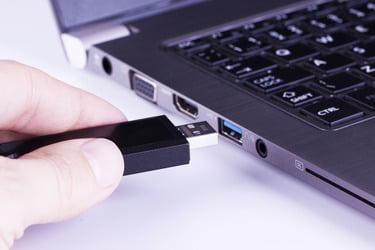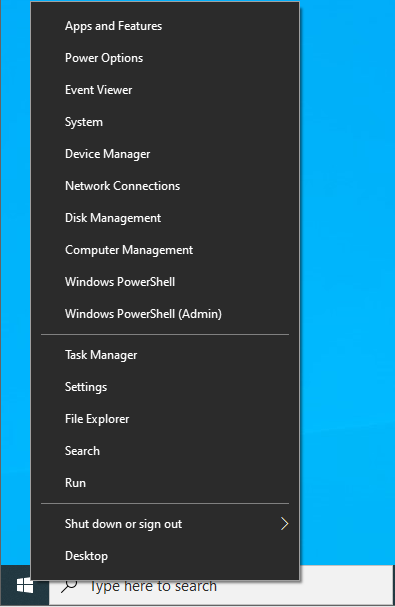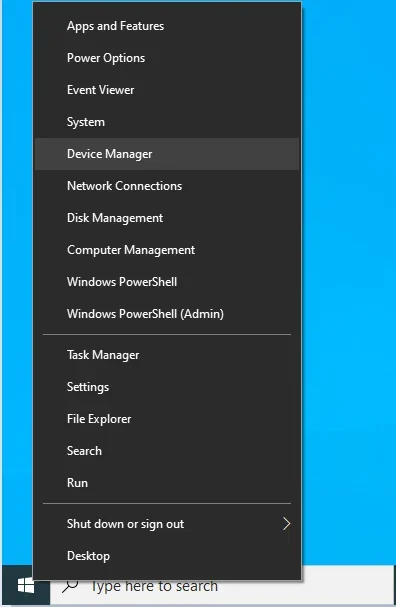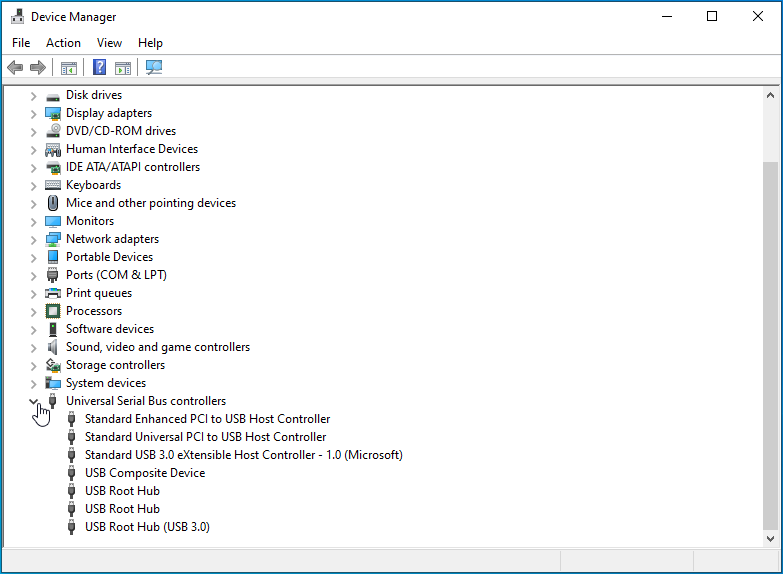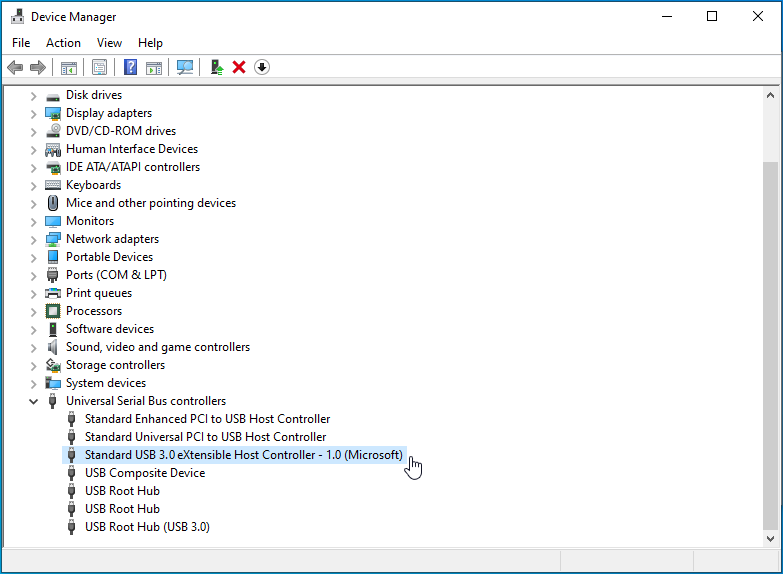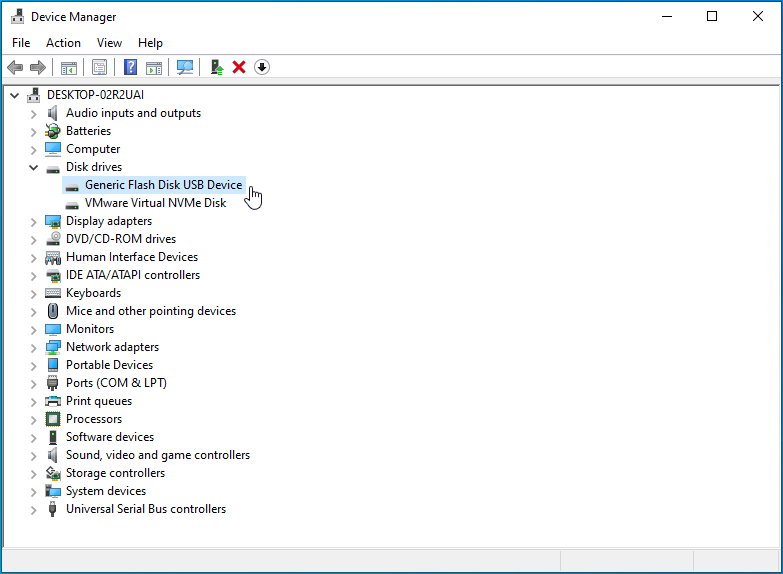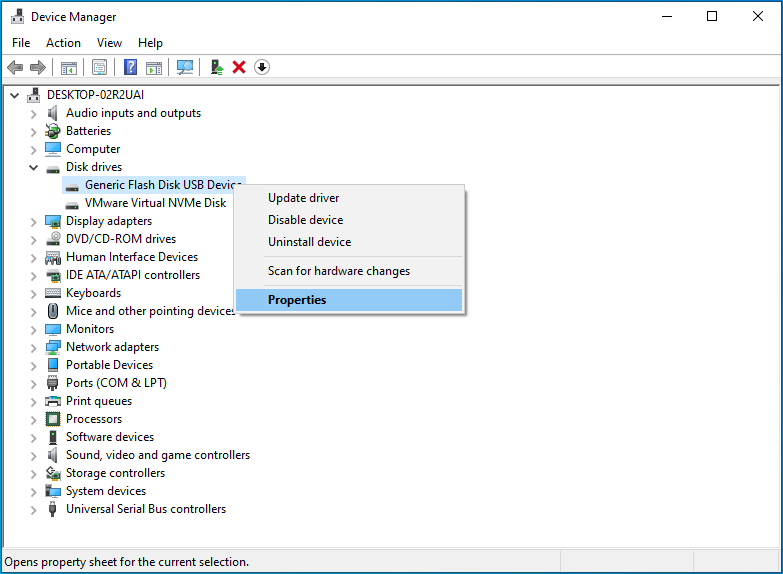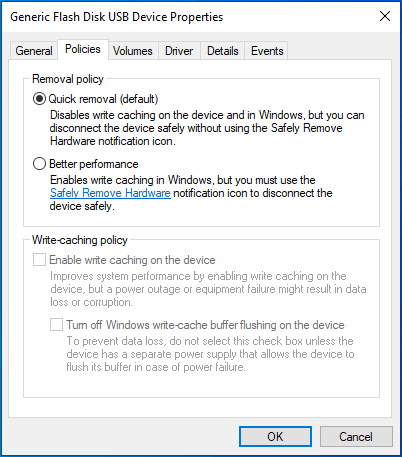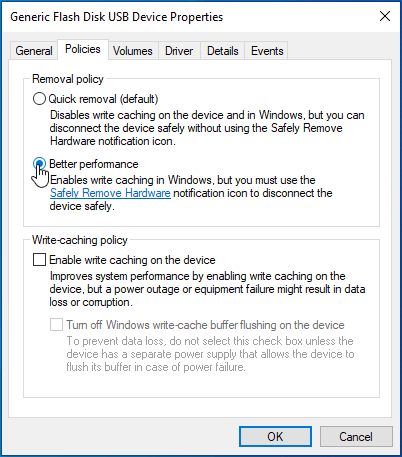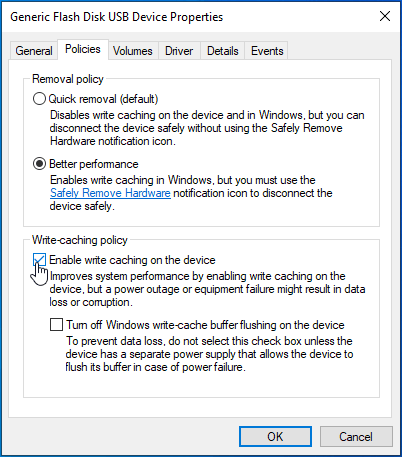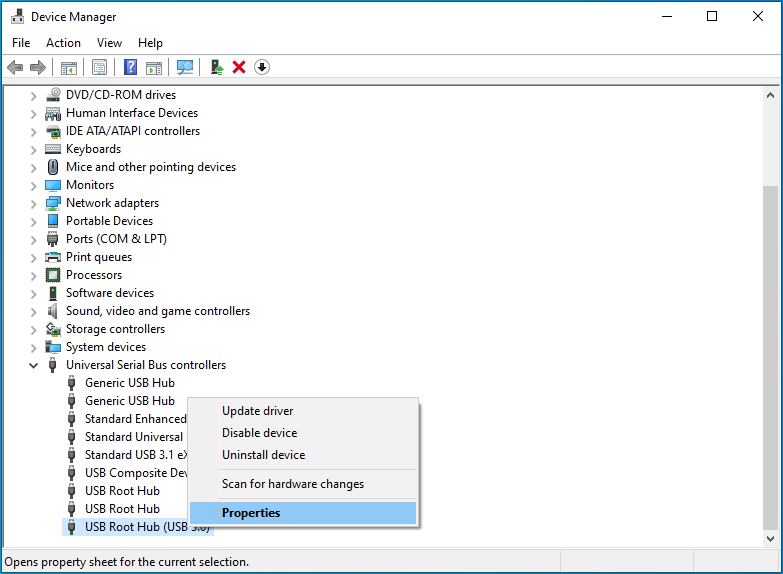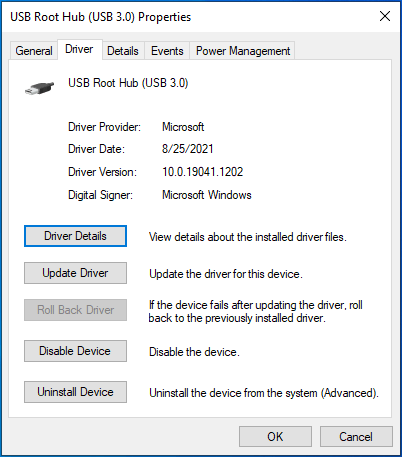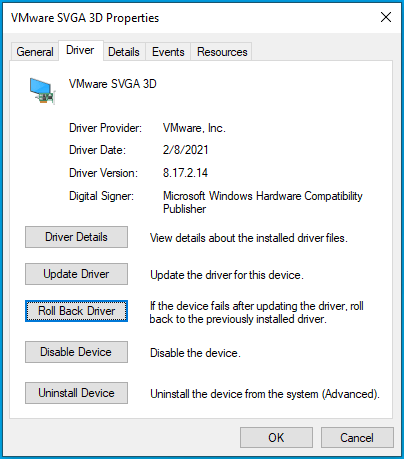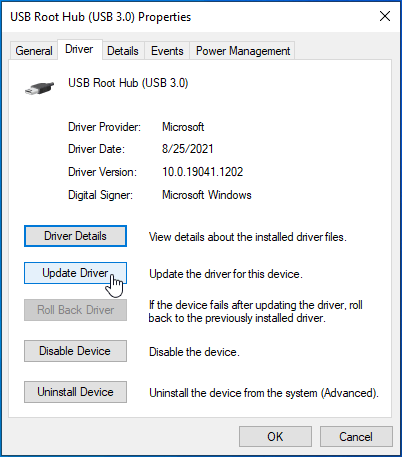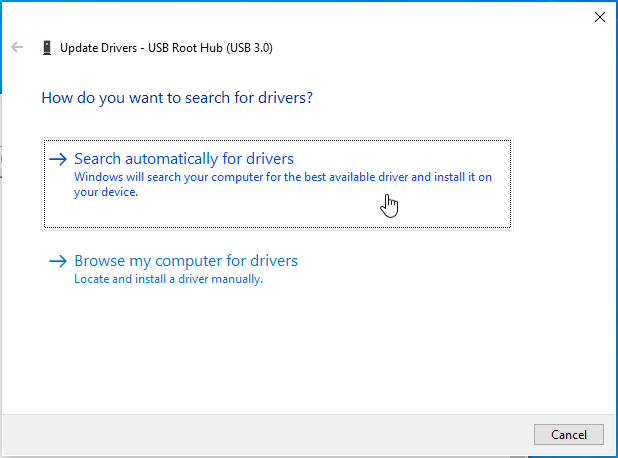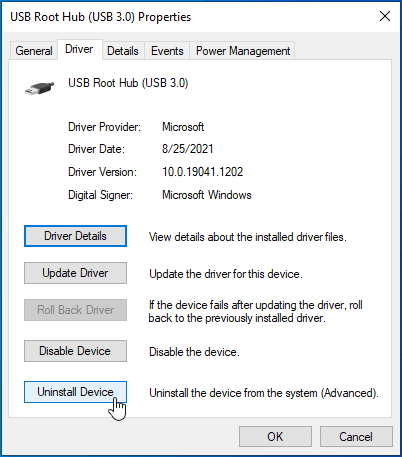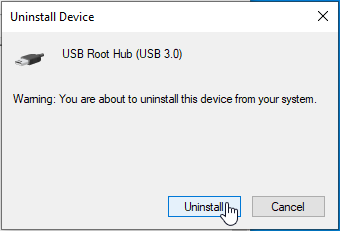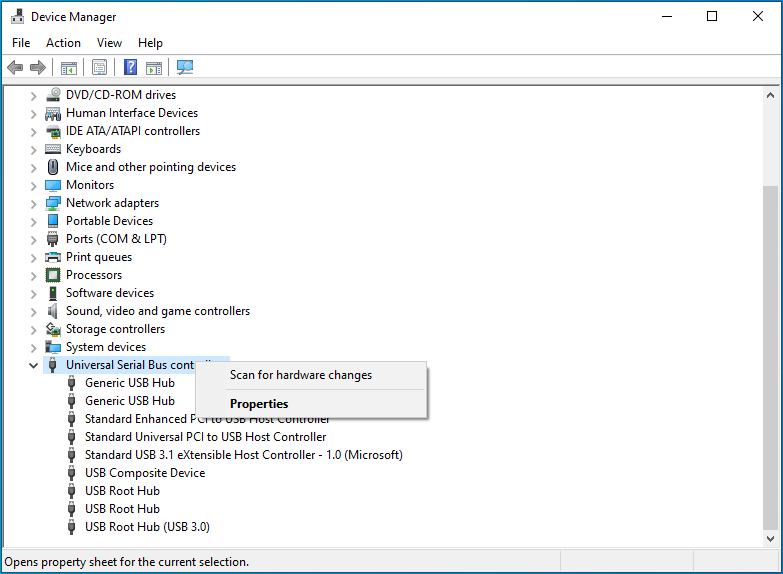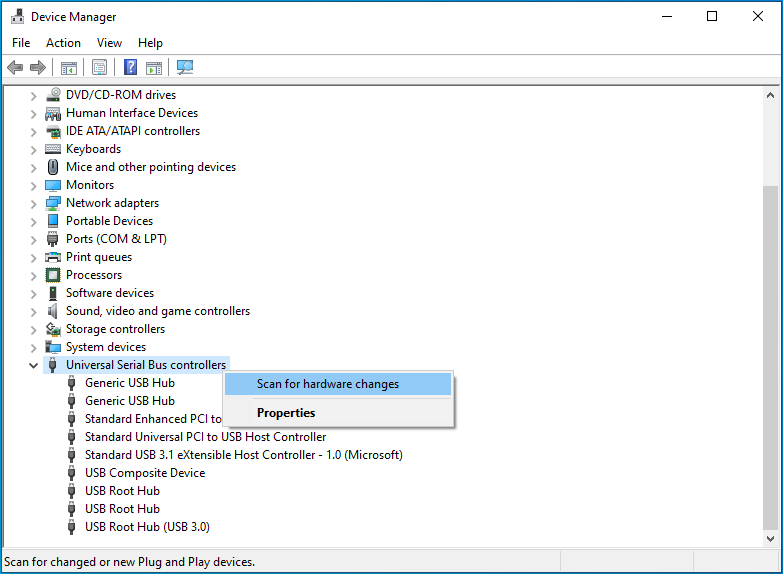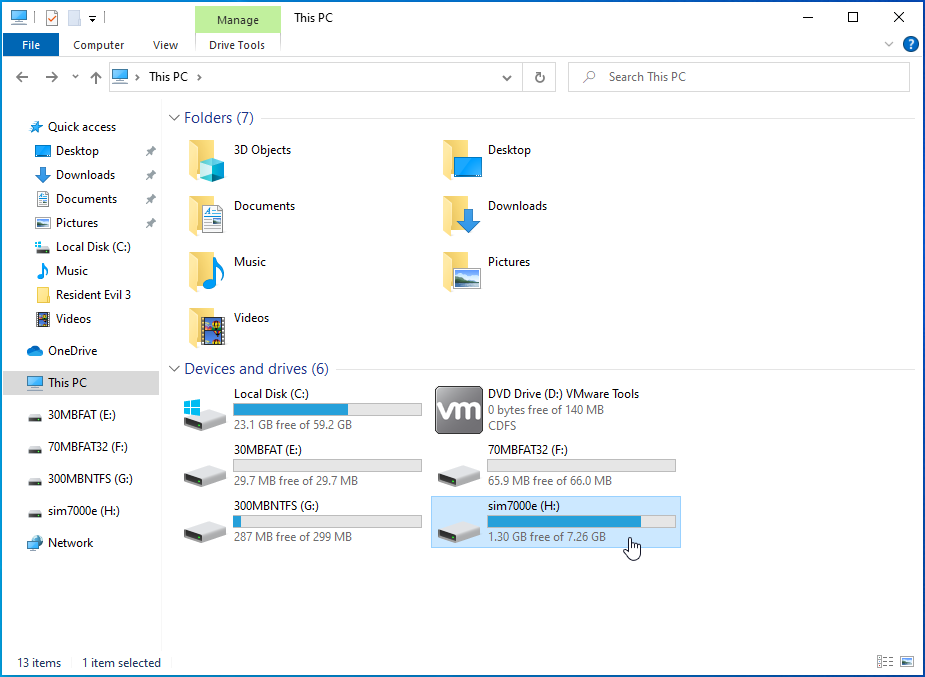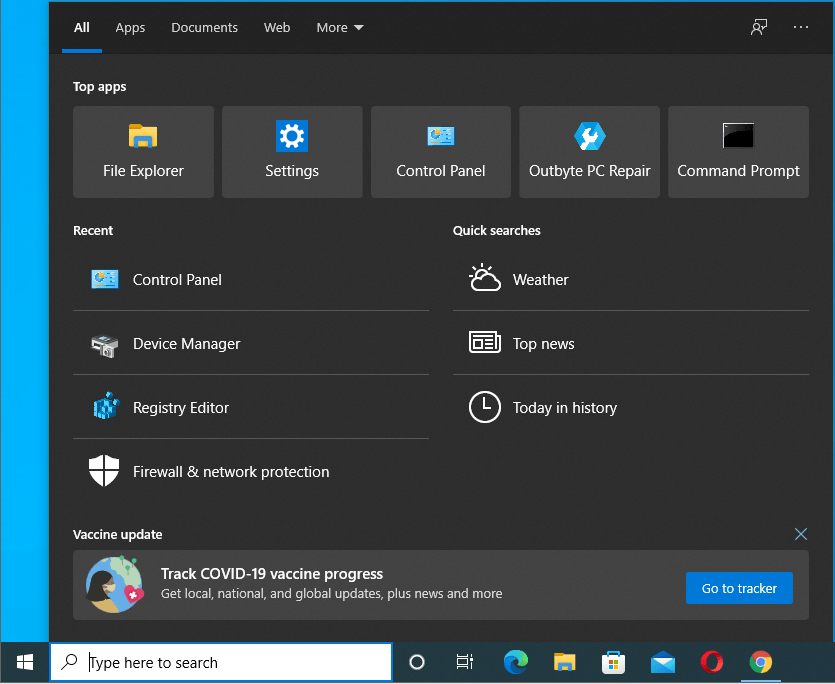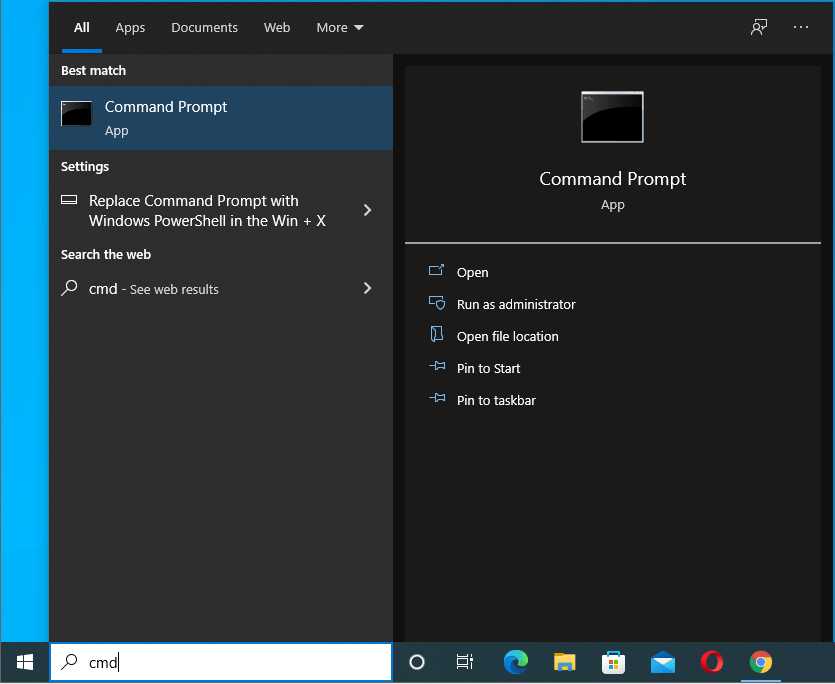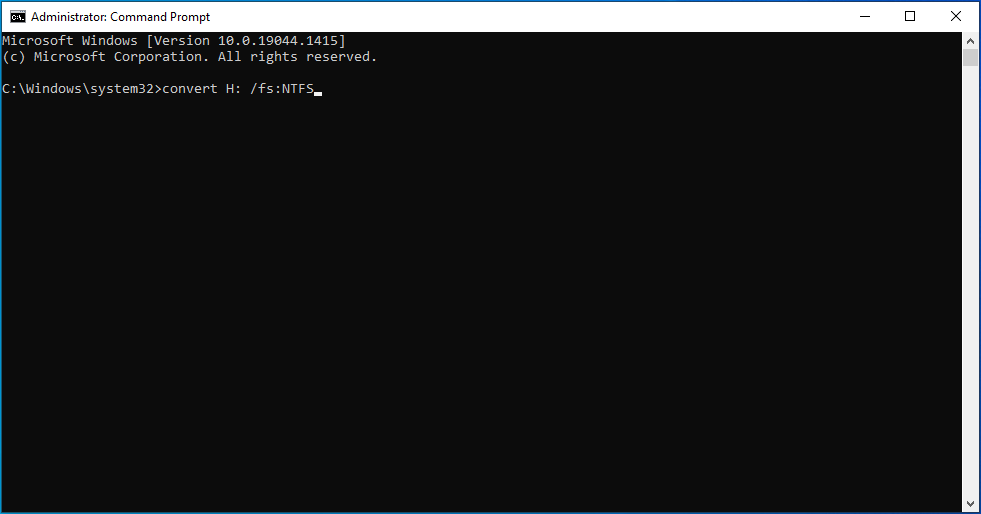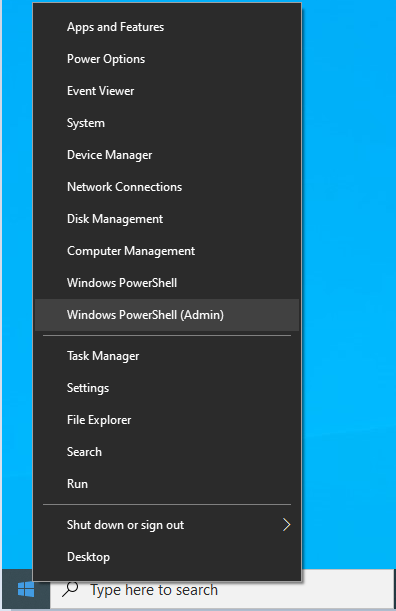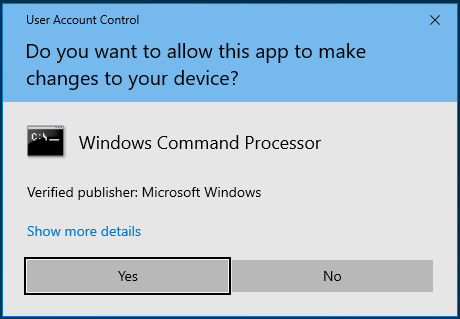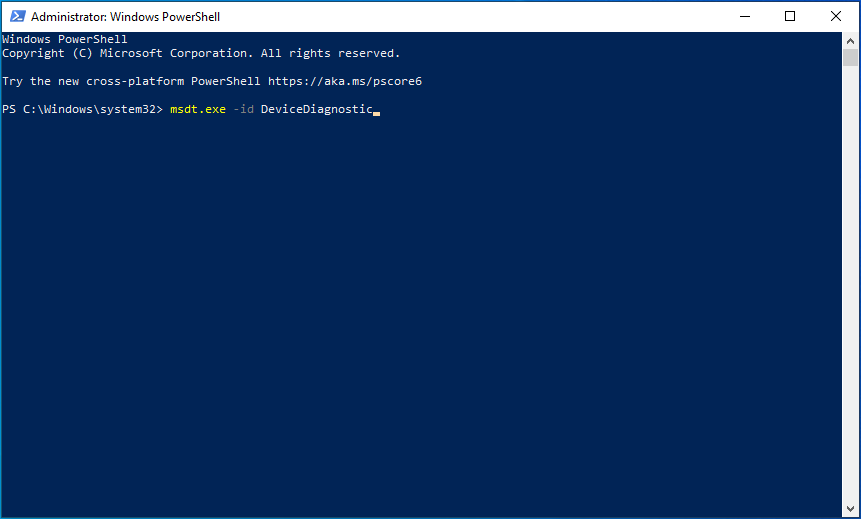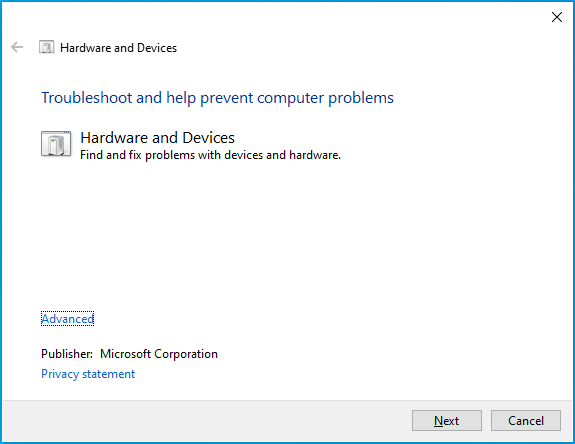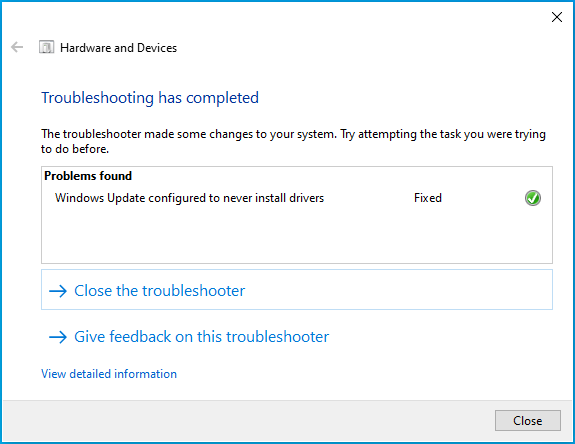If you notice that your USB 3.0 transfer speed is slow in Windows 10, you may feel disappointed.
Generally, USB 3.0 was made to increase data transfer speeds. So, when you notice that your transfer speed is slow, it indicates an underlying problem with either your system or your USB device.
In this article, you’ll learn about the optimal transfer speeds of USB 3.0, why USB 3.0 transfer speeds may be slow, and how to fix the USB 3.0 slow transfer speed problem in Windows 10.
What Is USB 3.0?
You have probably seen the term USB 3.0 in different headlines or popping up in some technology device specifications and may be wondering what exactly it is. You’re not alone. Not everyone understands what USB 3.0 means.
Generally, USB 3.0 is also called SuperSpeed USB. It is the most recent USB interface made with high-speed data transfer technology. You can use USB 3.0 to transmit data from peripherals (phones, mice, keyboards, printers, monitors, speakers, flash drives, cameras, etc.) to computers.
Typically, USB 3.0 maintains the speeds of USB 2.0 but adds new features that only come to play when you make a 3.0 connection. Simply put, USB 3.0 perfectly blends with what you already own. However, to achieve the intended SuperSpeed data transfer speeds, you need to have a USB 3.0 port or controller card.
Most new computers and devices come with USB 3.0 ports, which function with both USB 3.0 and 2.0 connections. But if you’re not sure, you may need to check if your computer or device has a USB 3.0 port.
Also read: How to Check the Power Output of a USB Port in Windows 10?
What Is the Transfer Speed of USB 3.0?
The theoretical transfer speed of USB 3.0 (or maximum bandwidth rate) is 5Gbps (gigabits per second). This speed translates into 640 MBps (megabytes per second), which is theoretically ten times faster than USB 2.0.
However, these values are theoretical, and they’re not fixed. There may be differences when measuring the actual data transfer time from a computer to an external hard drive or peripheral and vice versa. Sometimes the figures can be higher or lower than the theoretical value.
For example, the sustained (real-life) transfer speeds for external hard drives are around 85MBps for USB 3.0 and 22MBps for USB 2.0, which indicates about a 4 times improvement.
Further reading: Best Ways to Transfer Files to Your New Windows 11 Computer
How Do You Identify a USB 3.0 Port?
Before you make a conclusion that your USB 3.0 transfer speed is slow, you need to check to see if you have a USB 3.0 port. There are two ways you can do this:
Check the physical ports on your computer
Your computer can come with both USB 2.0 and USB 3.0 ports. If a USB port is colored blue inside, it is USB 3.0.
However, if you don’t see a blue-colored port on your PC, check if there is any USB port marked on the outside with either “SS” or “3.0”. Some computers don’t color USB 3.0 ports blue but mark them for identification.
Check through the system’s Device Manager
If you don’t see blue ports or markings on your PC but you’re still unsure whether your PC has a USB 3.0 port, you can check through the system’s Device Manager.
Here’s how:
- Right-click the Windows Start menu icon.
![]()
- Select Device Manager from the list of options.
![]()
- Scroll down to Universal Serial Bus controllers and expand it.
![]()
- Look for an item with USB 3.0 in the title.
![]()
- If you see such an item, then you have a USB 3.0 port.
- If you don’t see such an item, your PC lacks USB 3.0 ports.
Once you establish that you have a USB 3.0 port, you can start investigating why you’re experiencing slow USB 3.0 transfer speeds.
Why Is Your USB 3.0 Transfer Speed Slow?
Usually, the actual transfer speeds of USB 3.0 vary and can sometimes be slow. Their variance depends on many factors, including the following:
- The reading speed of the source device
- The writing speed of the target device
- The transfer speed of the USB port involved
- Your computer’s model
- Your USB port drivers
- The computer’s chipset
- USB drive issues
- RAID Mode
- A faulty hard drive
- Types and sizes of your files
- Physical damage on the USB device or port
- Your host controller
Also Read: Simple Guide: How to Transfer Data from the Old Laptop to a New One?
How to Speed Up USB 3.0 Transfers
If you are wondering about how to speed up your USB 3.0 data transfers, try optimizing the performance of your USB flash drive through the Device Manager. Use the following steps:
- Plug in your USB flash drive.
- Right-click on the Windows Start menu icon to open the Quick Access menu.
![]()
- Select Device Manager from the list of items.
![]()
- Locate your USB drive from Disk drives.
![]()
- Right-click on the drive and choose Properties.
![]()
- In the new window, go to the Policies tab.
![]()
- Locate and click Better performance.
![]()
- Check the box next to Enable write caching on the device.
![]()
This process will activate write caching in Windows 10, and it will noticeably improve your USB 3.0 data transfer rates.
You can also try transferring one file at a time to see if the process is faster. Perhaps your computer cannot handle large transfers at a time, especially when they are large files like 4k videos.
How to Increase the Speed of USB 3.0
If you notice that your USB 3.0 transfer speed is unusually slow, you should first identify the underlying issue. First, you need to check whether you’ve inserted your USB device well and that the established connection is working. Scanning your device for malware is also a good point to begin from. You may also check whether you are using the 2.0 interface and then switch to 3.0 and enjoy higher transfer speeds.
Check to be sure that the USB device or port does not have any physical damage. If you are using an older version of the operating system, you can consider updating your OS, which will also update your USB drivers and help the device function optimally. You can also change the USB device’s configuration and ensure that the USB drive file system is NTFS and not FAT32.
Also Read: How to Update Device Drivers on a Windows 10 PC?
Below you will find step-by-step instructions for how to fix slow USB 3.0 transfer speeds.
How to Fix Slow USB 3.0 Transfer Speeds
Slow USB 3.0 transfer speeds can be an annoying scenario, especially when you’re transferring a big file. Use the following solutions to fix the issue:
Check Your USB Driver
If something is wrong with your USB driver, you will face the slow USB 3.0 transfer speed issue. You can solve it by fixing your USB driver.
There are three things you can do to resolve the issue. It is recommended to carry out these fixes in the order that we’ve listed them here:
- Roll back your USB driver.
- Update your USB driver.
- Reinstall your USB driver.
Roll Back Your USB Driver
If you’re facing the slow USB 3.0 transfer speed issue, your first action should be to roll back your USB driver. Use these steps to do so:
- Launch the Device Manager:
- Right-click the Windows Start menu icon.
![]()
- Select Device Manager from the Quick Access menu.
![]()
- Find the Universal Serial Bus controllers section and expand it.
![]()
- Right-click on your USB device and select Properties.
![]()
- Now, go to the Driver tab.
![]()
- From the list of actions, select Roll Back Driver.
![]()
- If the Roll Back Driver option is greyed out, your driver may be outdated and need an update.
Update Your USB Driver
An outdated driver can also cause the slow USB 3.0 transfer speed issue in Windows 10. You may need to update the USB driver to fix this issue. Follow these steps:
- Launch the Device Manager:
- Right-click the Windows Start menu icon.
![]()
- Select Device Manager from the Quick Access menu.
![]()
- Find the Universal Serial Bus controllers section and expand it.
![]()
- Right-click on your USB device and select Properties.
![]()
- Now, go to the Driver tab.
![]()
- From the list of actions, select Update Driver.
![]()
- Follow the on-screen instructions to update the USB driver.
![]()
This process should fix the slow transfer speed problem.
Further Reading: Auslogics Driver Updater: Update Your Drivers in One Click!
Reinstall Your USB Driver
If neither rolling back the USB driver nor updating it works, you can resort to reinstalling the driver. To reinstall your USB driver, follow these steps:
- Launch the Device Manager:
- Right-click the Windows Start menu icon.
![]()
- Select Device Manager from the Power User menu.
![]()
- Find the Universal Serial Bus controllers section and expand it.
![]()
- Right-click on your USB device and select Properties.
![]()
- Now, go to the Driver tab.
![]()
- From the menu, select Uninstall device.
![]()
![]()
- Follow the on-screen instructions to uninstall the device.
![]()
- After uninstalling the USB device and its driver, right-click on Universal Serial Bus controllers.
![]()
- Now, select Scan for hardware changes.
![]()
- Restart your PC and see if reinstalling the driver has helped.
Convert USB 3.0 from FAT32 to NTFS
Typically, NTFS offers faster speeds. If you are working with files larger than 4 GB, such as 4K video files, it is important that you upgrade to NTFS.
So, you need to check if your USB drive is using the NTFS file system and upgrade if not.
Although FAT32 is compatible with most systems, it cannot handle files larger than 4 GB.
If you want to upgrade your USB drive to NTFS, use the following steps:
- Plug your USB drive into the computer.
- Make sure to back up your files because converting a USB stick to NTFS will erase all the drive’s contents.
![]()
- Now press
Win + Sto open Windows Search.
![]()
- Type
cmdto open the Command Prompt.
![]()
- Select Run as administrator. This will open the elevated Command Prompt.
![]()
- Now, type the following command and press
Enter:X: /fs:NTFS
Replace
Xwith your actual USB drive letter.
![]()
- Wait for the process to complete, try using your drive and see if it is now faster.
Changing the USB stick’s file system to NTFS should help increase its data transfer speeds.
Further Reading: Windows Command Prompt: 28 Most Useful CMD Commands [with Examples]
Run the Hardware and Devices Troubleshooter
The Windows 10 built-in Hardware and Devices Troubleshooter should help you know if your hardware or devices have a problem and fix the issue if possible.
To run the troubleshooter, follow these steps:
- Right-click the Windows Start menu icon to open the Quick Access menu.
![]()
- From the list of options, select Windows PowerShell (Admin).
![]()
- Click Yes if prompted with the User Account Control.
![]()
- Type the following command and press
Enter:msdt.exe -id DeviceDiagnostic
![]()
- Wait for the Hardware and Devices Troubleshooter to finish the troubleshooting process.
![]()
- If there is a problem, the troubleshooter will apply fixes and ask you to restart your PC for the changes to take effect.
![]()
- Once you’re done, restart your PC and see if the problem has been solved.
Conclusion
In this post, we’ve discussed how to make sure that you get optimal transfer speeds with your USB 3.0 device in Windows 10. The methods we’ve described here will help speed up your USB 3.0 transfer rates and improve your experience. Please share your feedback or questions with us in the comments section.
